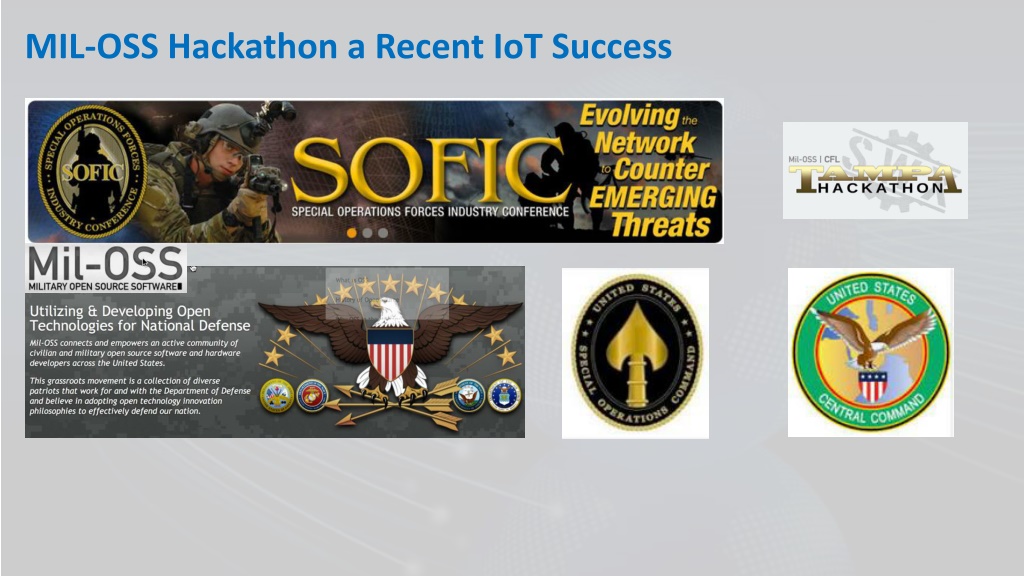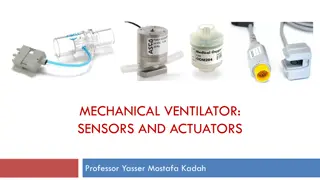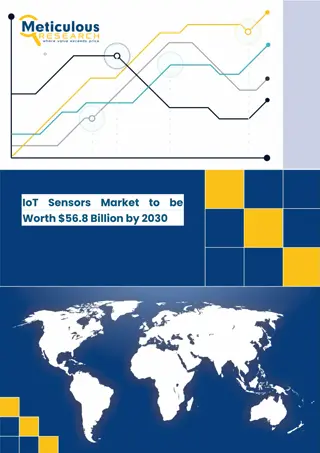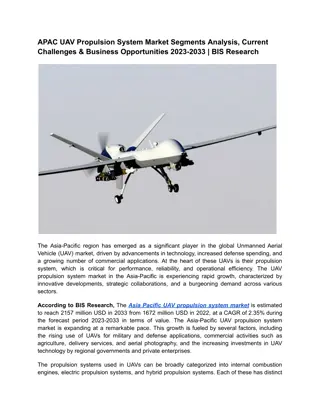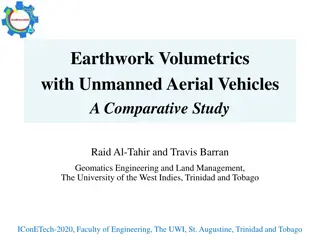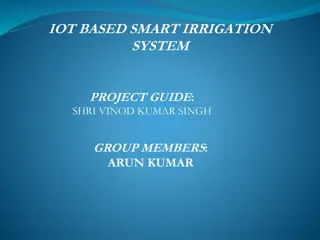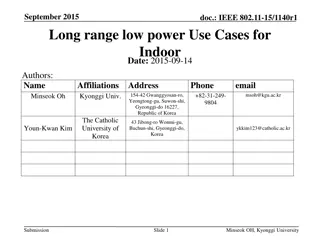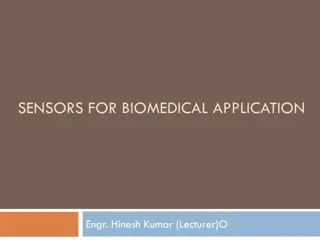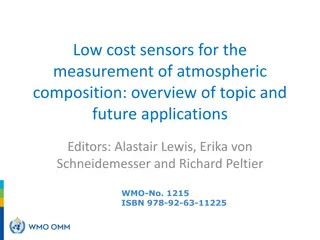Enhancing Small UAV Capabilities with IoT Sensors
Leveraging 3D printing technology and innovative thinking, a team addressed the challenge of integrating sensors onto small UAVs in a recent MIL-OSS hackathon. The solution involved creating modular connectors to mount LIDAR, GOTENNA, and arming switch sensors on a BoxBotix Quadcopter system. By opting for an Ultrasonic proximity sensor and wireless switch, the team reduced costs, weight, and complexity. Additional advances included integrating a targeting laser and a soldier-friendly mobile application for improved functionality. The hackathon solution offers advantages such as affordability, ease of reconfiguration, and wireless operation, paving the way for further sensor integration and expansion without the need for extensive modifications to the drone.
Download Presentation

Please find below an Image/Link to download the presentation.
The content on the website is provided AS IS for your information and personal use only. It may not be sold, licensed, or shared on other websites without obtaining consent from the author. Download presentation by click this link. If you encounter any issues during the download, it is possible that the publisher has removed the file from their server.
E N D
Presentation Transcript
The MIL-OSS Challenge Special Operations Forces operators need flexible options for mounting sensors to small UAVs (unmanned Aerial Vehicles or Drones ) Given a BoxBotix (http://boxbotix.com/) Quadcopter system and three different off-the-shelf sensors Design, 3D print, and assemble modular connectors (physical, electrical, and data) to integrate the given sensors to the BoxBotix system Sensors provided for the challenge: 1. LIDAR proximity sensor for Soft Landing 2. GOTENNA blue tooth extender antenna 3. Arming switch to prepare the UAV for action Be creative and augment the solution DO all of it in the rain and with gloves on
How we met the Challenge 1. 3D printed attachment clips to leverage the Drone struts which are carbon fiber 2. 3D printed the sensor case note Amphoria our sensor brand 3. Attached the clip to the sensor case and using the clip you can attach the sensor to the drone strut
Our Thinking Our goals to reduce cost , improve simplicity , reduce weight , increase flight time Replaced the LIDAR proximity sensor with an Ultrasonic proximity sensor $3 6 oz. $300 69 oz. In the case are the sensor, processor and battery
The remaining challenges The guts of the GOTENNA removed from the original case and put into an Amphoria case and clip mounted to the strutt The original Arming switch which would require drilling and running cables replaced with a wireless switch powered by Piezo electricity (generated by the action of pushing the button) glued to bottom of Drone
Stepped it up a notch art of the possible Added a commercial targeting laser (like a laser pointer) Wrote a mobile application where any soldier can push an image and arm or turn on the laser Used to target for the big brother drone that has the ordinance Any soldier can Tap to Arm (turn on)
Hackathon Solution Advantages Off the shelf components, lower cost and lower weight Easy drone reconfiguration by mounting sensors using standard clips and sensor enclosures No drilling holes on the fuselage, no wires to run All wireless radio operated saves main power supply for flight time with a choice of band 433MHz, 868MHz, 902MHz, WiFi, BLE, ZigBee Allows for expansion (adding more sensors) using same mount and form factor art of the possible
Our Team declared: Winners of the Hackathon Challenge All prize money donated to We beat large Aerospace, DOD Integrators and Technology companies Note: British Aerospace team came in2nd Place.
